10,000 steps?
We understand the importance of staying active throughout the day, and we also have a strong subconscious drive to save energy. Less movement is often associated with comfort and more movement with discomfort. We have therefore designed the environment around us to suit that biological drive.
The consequences of this biological paradox, where a movement dependent organism meets a movement deprived environment, is in the epidemic of metabolic diseases such as typ 2 diabetes. Coupled with modern shoes we also deprive our muscle-skeletal system the necessary foundational stimuli to build strength and endurance in our feet to be able to carry us all day. This presents another hurdle in re-activating people; foot dysfunction.
Thus, for many modern, shoe wearing peoples, increasing activity levels, which means increasing time spent on feet, must consider the health and function of the feet in order to do so. Unfortunately however, we are taught today to mainly use symptomatic treatments such as orthotics and rigid shoes for support.
We believe that a first and very crucial step in increasing ones activity level must include properly fitted, foot shapes shoes with adequate protection for each individual needs, and most importantly exercise for the feet.
Recommendations will differ in different countries and is also dependent on age and health. There seems to be however a general consensus on about 10,000 steps or more per day to be considered active. And those who take less than 7000 steps a day are considered to be inactive. Many studies have shown considerable improvements in health (physical, psychological and physiological) of individuals increasing activity levels using steps/day as a guide or measurement.
Walking is a relatively low-impact activity, meaning even if your feet are not fully functional, the risk for injury is low. Especially if you incorporate exercise for your feet into your daily routine.
Using exercises found on our page, proper shoes and 10,000 steps/day guide is a very good way to start reactivating yourself, and making sure you build the foundation to do so in the long run!
See our previous post on the right shoes to make those steps in!
References
Freese, Jens et al. "The sedentary (r)evolution" F1000 Research vol. 6 2018
Hallay et. al. “Happy feet” BMC Psychiatry. 2018
Castres et. al. "Effects of 10,000 steps" J Endocrinol Invest. 2017
Yuenyongchaiwat K. "Effects of 10,000 steps" Braz J Phys Ther. 2016
Pillay et. al. BMC Public Health. 2015
Tudor-Locke C. et. al. "Steps per/day adults" Int J Behav Nutr Phys Act. 2011
Choi B.C et. al. "Daily step Goal of 10000 steps" Clin Invest Med. 2007
Tudor-Locke C. et. al. "How many steps a day are enough?" Sports Med. 2004
Iwane M. et. al. Hypertens Res. 2000


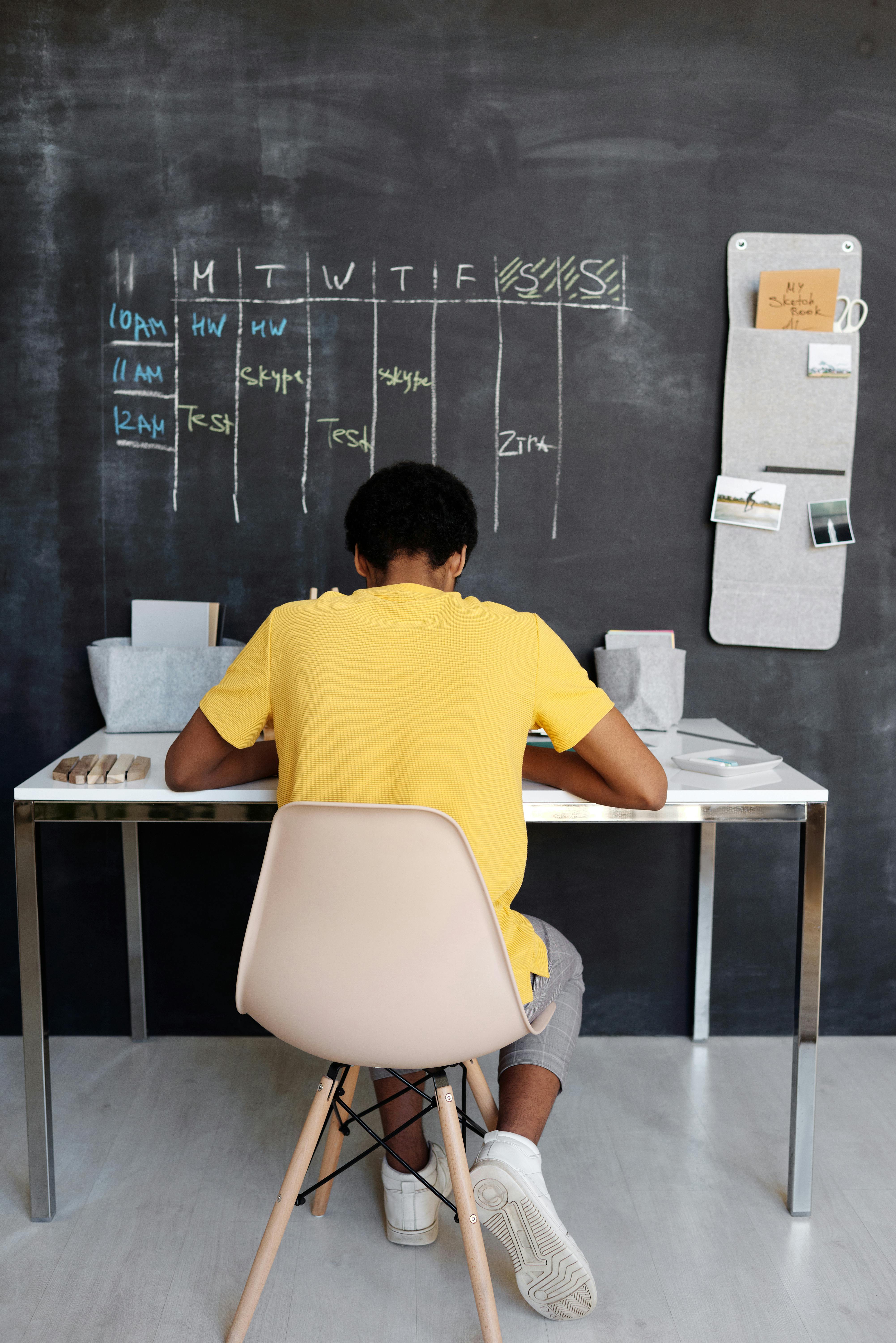

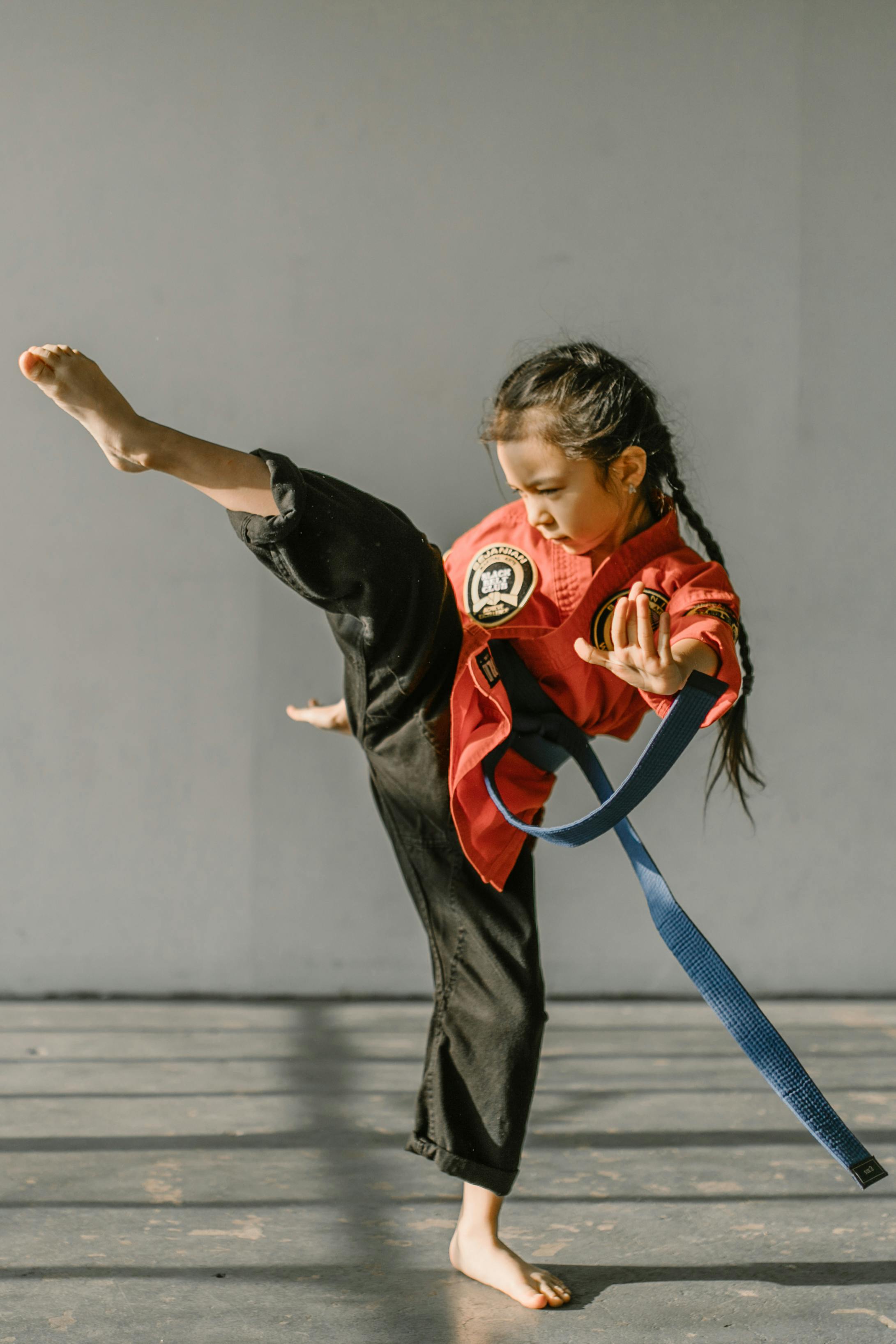

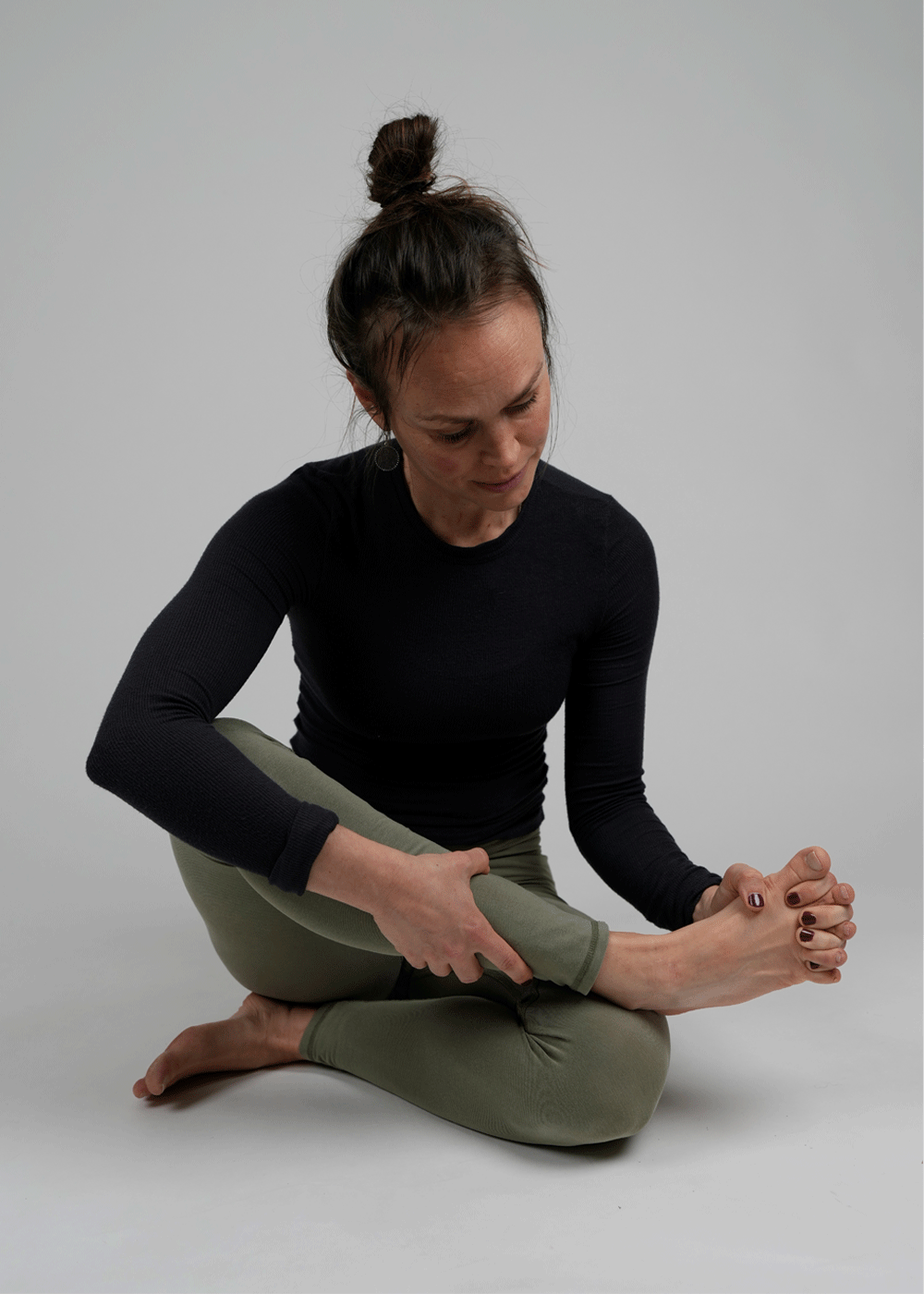
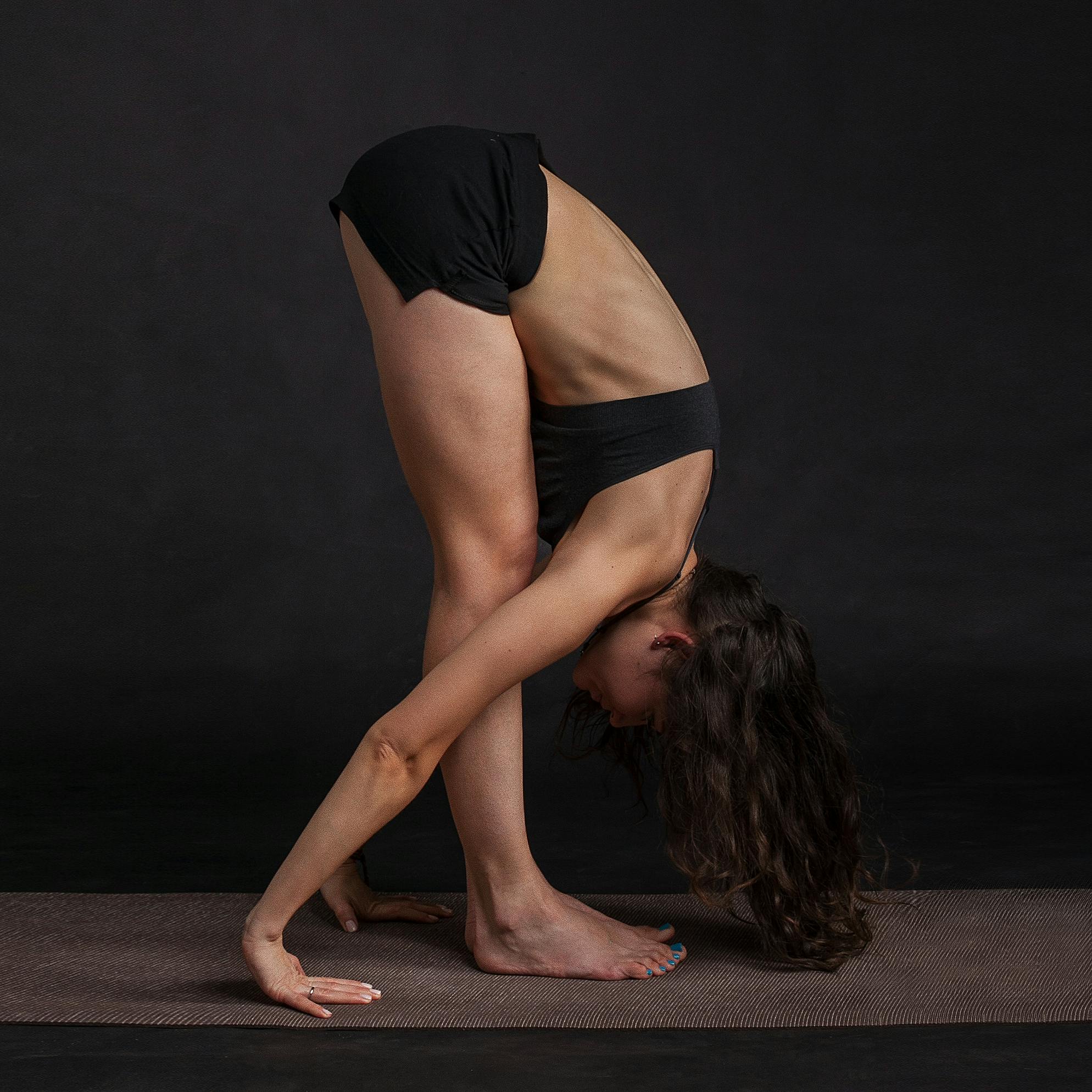



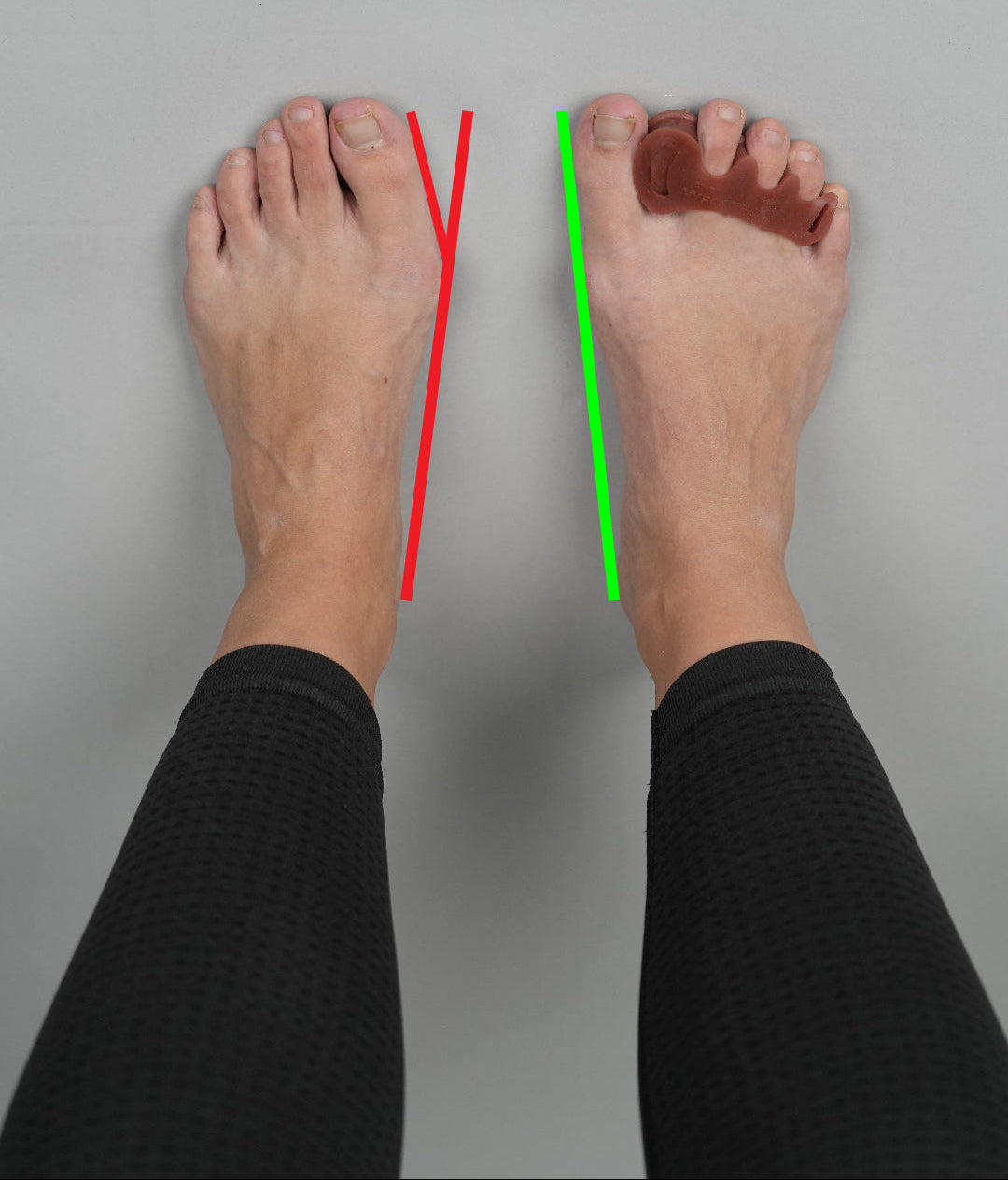

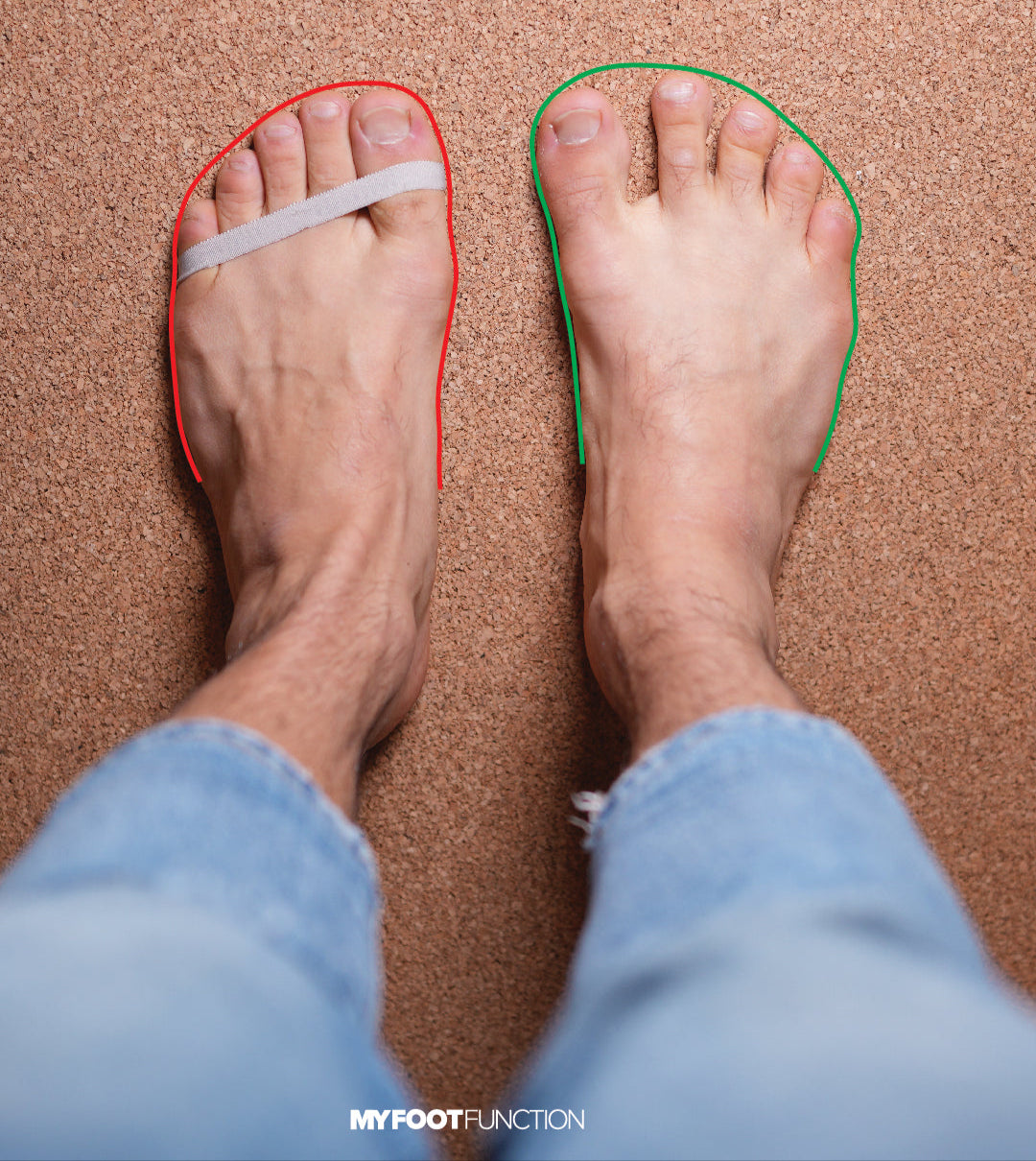
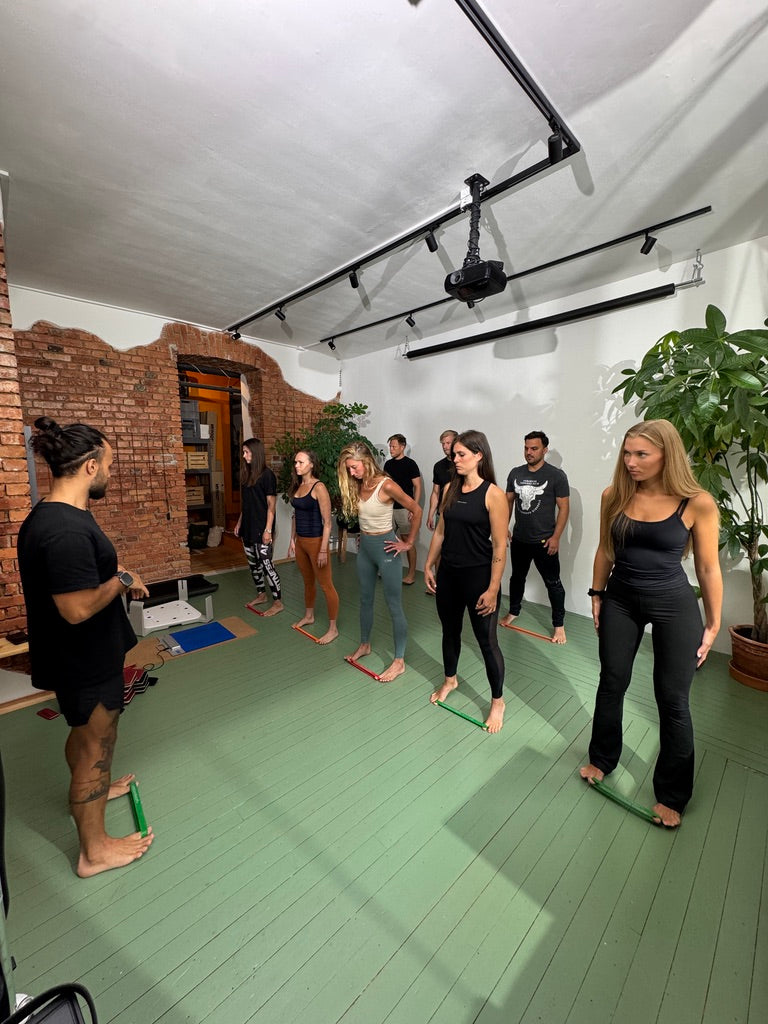
Share:
Your daily shoes do the most damage!
Subtalar Joint Axis Location and Rotational